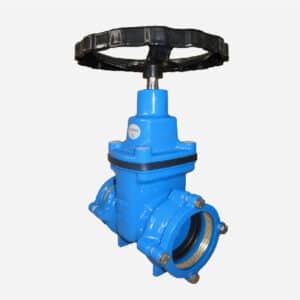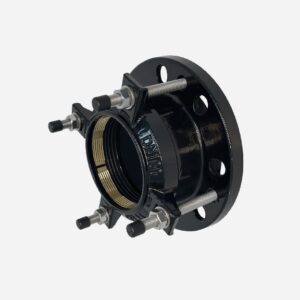HDPE Pipe
HDPE pipe is a new type of plastic pipe made of high-density polyethylene material through hot extrusion winding and other special processes. It has chemical resistance, resistance to internal, external and microbial corrosion, good environmental adaptability and frost resistance, service life of over 50 years, can be used for indoor and outdoor water supply pipes, is economical and environmentally friendly, and has very low maintenance costs.
Moreover, the durability of HDPE pipes increases with their size and have incredible resistance to earthquakes.
Therefore, HDPE pipes are widely used in municipal projects, indoor water supply systems of housing buildings, outdoor underground buried water supply pipes and buried water supply systems of residential communities and factories, old pipeline rehabilitation, pipeline systems for sewage treatment projects, industrial water pipes for gardening, irrigation and other fields. However, HDPE pipes can not be used for hot water pipeline, and need to pay attention to the usage when using.

Advantage
Compared with traditional ductile iron pipe, steel pipe and PVC pipe, PE pipe (high density polyethylene pipe) is more and
more widely used in pipeline system, because HDPE pipe has the following outstanding advantages
corrosion resistance
_
PE pipe has strong corrosion resistance, not affected by chemical substances in soil and water, especially suitable for corrosive environment.
flexibility
_
PE pipe has good flexibility, can withstand a certain degree of bending and foundation settlement, not easy to break.
light weight
_
Compared with ductile iron pipe and steel pipe, PE pipe is lighter in weight, easy to transport and install, reducing labor and equipment costs.
long service life
_
Under normal operating conditions, the service life of PE pipe can be more than 50 years, with low maintenance cost.
low friction loss
_
Smooth inner wall, small water flow resistance, reduced energy loss and operation cost.
So the usage of HDPE pipe is more and more popular.
HDPE Pipe Connection
There are several common ways to connect HDPE pipes, each of which has its advantages and disadvantages:
Butt Fusion
_
● Advantages:
The interface strength is high, almost as strong as the pipe itself.
No need to use additional connectors, reducing the possibility of leaks.
Suitable for large diameter pipes.
● Disadvantages:
Requires professional equipment and personnel to operate.
The connection process takes a long time and is suitable for large-scale construction.
High environmental temperature and cleanliness requirements.
Electrofusion
_
● Advantages:
The operation is relatively simple, suitable for complex environments and small diameter pipes.
The interface quality is reliable and suitable for high-pressure systems.
The connection speed is fast, suitable for emergency repairs.
● Disadvantages:
Special electrofusion fittings are required, which are expensive.
Requires special equipment and personnel.
High cleanliness of the joint surface is required.
Flange Connection
_
● Advantages:
Easy to install and uninstall, suitable for systems that need to be disassembled frequently.
Not affected by ambient temperature and humidity.
Suitable for connections between pipes of different materials.
● Disadvantages:
The cost of the connectors is high.
Leaks are prone to occur at the interface, requiring regular inspection and maintenance.
Limited to pressure and temperature ranges.
Mechanical Fittings
_
● Advantages:
Suitable for pipes of various diameters, simple operation, no need for professional equipment.
Suitable for occasions that require rapid installation and disassembly.
Can be used to connect pipes of different materials.
Each of these connection methods has its advantages and disadvantages.
When choosing, you need to consider factors such as the actual situation, such as pipe diameter, environment of use, ease of operation, and cost.







